I recently visited my home town in Virginia for a funeral.
Although the occasion was a sad one it was the largest gathering of my family in some time and as you would expect there was a good deal of nostalgia and sharing of family stories. This got me thinking about my Grandfather. W.S. (Pete) Cahill, “Dad” to his Grandchildren, was the man who taught me to fly fish when I was eight years old. He was an icon in our family. In our community really. He was an inventor. Honest to God, that was his job. He held dozens of patents. He was a skilled machinist and, in spite of limited education, the most brilliant and creative person I have ever known. He passed away a long time ago but his home has remained in the family and my brother moved in there a few months back. I knew that he had found a box of Dad’s flies. I couldn’t resist photographing them and like most encounters with my Grandfather, I learned a few things.
I’m not suggesting that Dad was a great tyer. Fishing was a hobby and he was a workaholic. He loved to fish but seldom got the chance. His flies were utilitarian but effective and some great examples of the common wisdom of his time. My guess is that most of these were tied in the 1950s or 1960s. There are some classic wet patterns like the Royal Coachman. There are classical streamers. Maybe most interesting are stone fly nymphs that foreshadow today’s more realistic aesthetic while holding on to the art deco influences of the 1940s with their long sweeping tails and streamline design. Some are so simple you might feel silly fishing them but I feel sure they will still produce.
The materials are very different from what we use today. Hackles are much coarser. Thread is of a heavier weight. The materials all seem stiffer than what I use. There are, of coarse, no synthetics. Swiss straw is fairly common and floss ribs the bodies where you would expect wire. The colors are mostly earth tone. Browns and greens with bright flashes of red. The huge Green Drake patterns stand out as garish with bright yellow wings and hackle. All of the flies are large by modern standards. I find this interesting because I know he fished the Smith River, known today for picky trout and #22 no hackle flies. I wonder if pressure has conditioned those fish to be more selective or if the insect life has changed that dramatically. It could as easily be explained by an old man’s failing eye sight.
As interesting as what I learned about the flies is what I learned about my Grandfather. He taught me to fish but I didn’t get to do much fishing with him. It was wonderful to look thru those flies, as an adult, and see what he was thinking. To get a sense of how he fished. I couldn’t help but smile seeing that the bulk of his flies were streamers. I’m a hopeless streamer junkie and the evidence suggests that he was too. He never showed me that style of fishing. I discovered it long after he had passed. It makes me wonder if there is a streamer gene. It makes me happy to imagine that he and I think alike but I may be flattering myself.
I’m going to tie some of these patterns myself and fish them. I think it will be interesting to see how well they work these days. Maybe the fish have forgotten. Either way I expect to learn more about the fisherman who taught me to fish and I know it will make me feel closer to him.
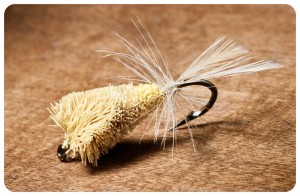
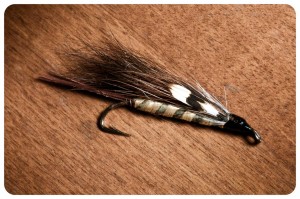
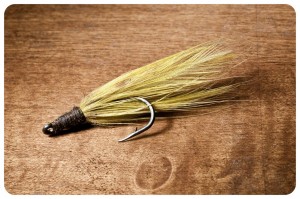
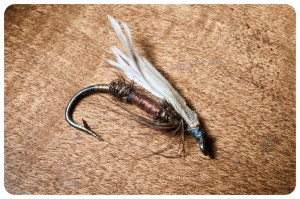

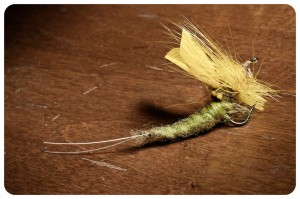 Louis Cahill
Gink & Gasoline
www.ginkandgasoline.com
hookups@ginkandgasoline.com
Louis Cahill
Gink & Gasoline
www.ginkandgasoline.com
hookups@ginkandgasoline.com

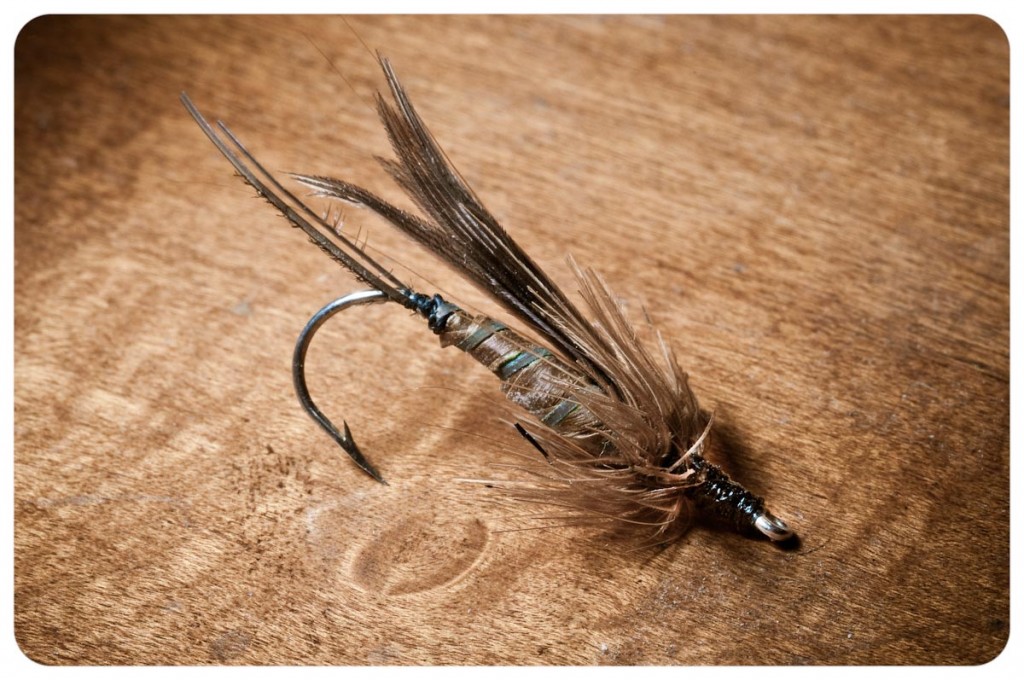
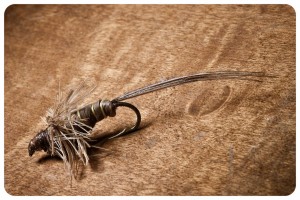
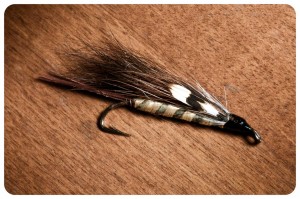
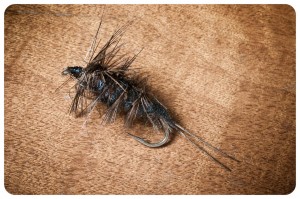
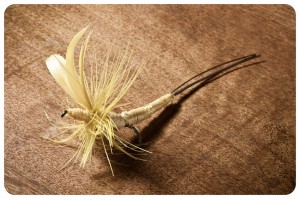
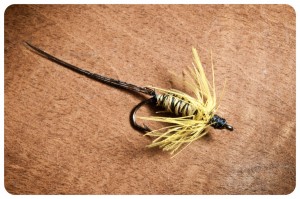
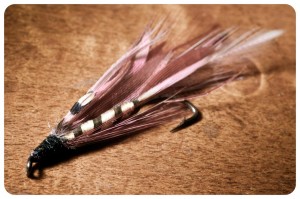
Love the blog read it almost everyday and I think I might tie some of these old school patterns this weekend.
Thanks Matthew! Glad your enjoying it.
I don’t get nearly as much time at the vise these days as I’d like but I’m going to tie some of these next time I tie. If you tie and fish them, PLEASE let me know how you do. I’m willing to bet they work pretty well.
You know Baby Brother, Mr. Pete was something else! A couple of things I’ll share: I am sure the ecosystem has changed. You know as child (about 1905-1915) he grew up on the Smith River I would guess about 10-15 miles down stream of Philpot Dam. He once told me, as a youth he would catch saltwater eels in the Smith. At that time there were no Dams on the Smith, Dan or Roanoke River all the way to the sea. Even when he was in his 80’s his return to the Smith was a return to his child hood. I am sure his flies were like everything else, his never ending quest and experimentation for something better. I have one piece of my great grandmother’s silver. The only reason I have it is Dad made a fishing lure from it and I found it in his tackle box. Puts a hole new meaning to fishing a spoon : )
Sometimes I think less has changed than we think it has. I live about 10 minutes from the Smith and spend about 100 days a year fishing it. I think there is something to be said for using bigger flies here. I have always said that you don’t have to use small flies here, but most people do because “that’s what they hit here”. There are a few other old patterns that I have seen around this area. They are mostly tied from materials that a hunter or trapper would have on hand. Most of them are size 10 to 14 and still catch plenty of fish here.
VA it the house!
Darrin, that’s awesome man. I have not fished that river in many years. I need to get back up there.
Great article and insight. I’m tying a box of flies for each of my Grandsons of flies that have worked well for me. The thought that they may someday fish them and think of me warms my heart. Thanks.
Thanks for sharing those flies with us! They are beautiful.